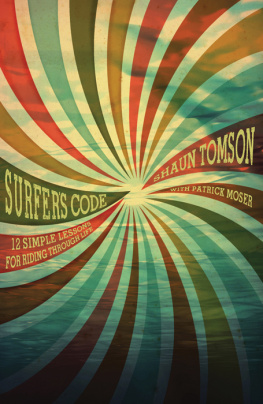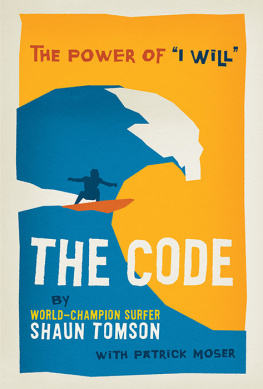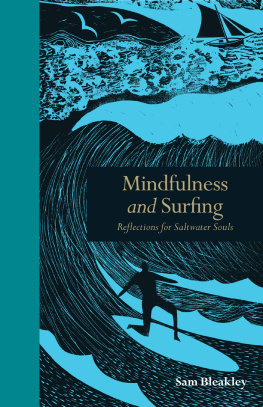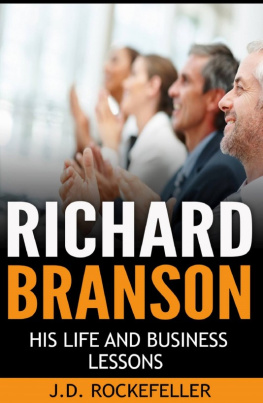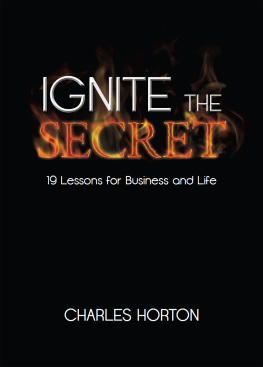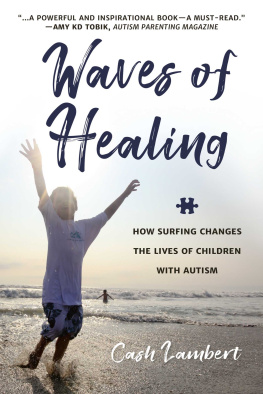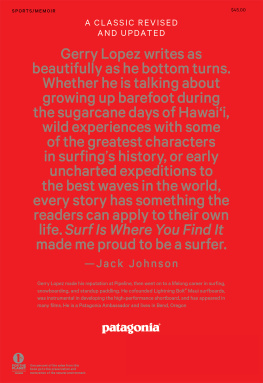Surfers Code
12 Simple Lessons for Riding Through Life
Shaun Tomson with Patrick Moser

Surfers Code
12 Simple Lessons for Riding Through Life
Digital Edition 1.0
Text 2011 Shaun Tomson and Patrick Moser
Photographs 2011 as noted
All rights reserved. No part of this book may be reproduced by any means whatsoever without written permission from the publisher, except brief portions quoted for purpose of review.
Gibbs Smith
P.O. Box 667
Layton, Utah 84041
Orders: 1.800.835.4993
www.gibbs-smith.com
ISBN: 978-1-4236-1102-8
To my beautiful son, Mathew always in my thoughts and forever in my heart. Like you told me, the light will shine ahead. To my wife Carla, for her total love and support. ST
For Linda, who recognized a great book idea, and for my two grommets, Miles & Ryan. PM
Introduction
I had not been back to South Africa for eight years. I had left the country in 1995, right at the end of the apartheid era. Although I had grown up in Durban, I had spent much of the 1970s and 80s traveling the globe as a professional surfer. Now, in 2003, I had been invited back to Durban to celebrate the twenty-fifth anniversary of my six-year winning streak, from 1973 to 1978, in South Africas oldest and most prestigious professional surf contest, the Gunston 500.
On my first day at the beach I saw a sight that I could never have imagined while growing up. I was hurrying down the sand to take part in a surfing exhibition when I looked up and saw, coming directly towards me, three very attractive young women walking with a man. The first was a lovely Hindu girl I could tell by the bindi (the red dot) on her forehead. She had long dark hair, wore a tiny bikini, and her belly button was pierced. She had one arm thrown around a black girl on her left side, and the other draped around the neck of an Indian guy on her right. Directly behind them walked a young woman in a full Muslim chador.
I was so surprised that I nearly dropped my surfboard.
It was amazing for me to see these different ethnic groups on the beach together for a surf contest. Everyone was getting along as if it were the most natural thing in the world. I was accustomed to such sights from my travels around the world, but never in South Africa. The country had changed so quickly. Through the power and faith of one man, Nelson Mandela, the whole society changed. People often talk about change happening incrementally. Certainly the rights of the nonwhite population especially the blacks came about through decades of struggle. But when Mandela came to power, our whole society our entire lives changed within a matter of weeks. And it happened peacefully.
I had been part of the privileged white society. Durban was a segregated city when I was growing up. The blacks (mostly Zulu) lived in a section of town known as KwaMashu. Whites most of us from English or Eastern European rather than Dutch descent lived in our section of town which we simply called Durban. The Indians remained close to their commercial district, an area known as Grey Street. Blacks, whites, Indians, all attended our own schools. If men and women of different color had business to complete in the same government building downtown, the blacks walked in one door, and the whites walked in another. A white business owner might have black employees, but other than such arrangements there was little interaction among the three different societies. Such a severe division among the people of South Africa was the strongest weapon used by the government to remain in power.
When the legendary Hawaiian surfer Eddie Aikau came to Durban in 1972 to surf in the Gunston 500, he was refused lodging at the local whites-only hotel. Eddie ended up in a hotel with my family and had to be issued a special permit to surf at the beach. These were the daily realities of living and surfing in Durban during apartheid.
Many people do not know that Gandhi lived in Durban for almost twenty years. This is the city where he developed and practiced his philosophy of Satyagraha, which included non-violent resistance.
By 2003 those divisions had completely broken down. I even had the chance on that same trip to visit Mahatma Gandhis memorial. Many people do not know that Gandhi lived in Durban for almost twenty years. This is the city where he developed and practiced his philosophy of Satyagraha, which included non-violent resistance. Gandhi had lived in an area where whites did not venture while I was growing up. I had always heard stories that if a white person ever went to that section of town, he could get himself killed. Much of the area was burned down during the race riots of 1987.
After the riots the Indian government paid to rebuild Gandhis house, and it was amazing for me not only to go down there, but to see Gandhis original writings on display. Not only had he developed much of his philosophy right there in the city where I had grown up, but his influence had extended so far from Durban: to Indias prime minister Indira Gandhi, to Martin Luther King Jr, to President John F. Kennedy, then eventually back to South Africa and Nelson Mandela in his struggle against apartheid . I have always been amazed how a few simple ideas from one man could have such a strong influence on South Africa and the entire world.
I am very proud to be a surfer. In South Africa we were always considered professional athletes, luckily avoiding the stereotypes that surround surfers in the United States. But since America is my home now, I have been working to change that image in positive ways and I speak about the transformative nature of surfing at universities, schools and corporations across the USA. I did not invent the lessons in this book. The ideas were already out there, part of the daily rituals of a large and diverse surf community. My idea was simply to pull them together. Surfers Code is not a system of rules that tells you what you must and must not do. I rate these twelve lessons as a personal commitment that I have made as a surfer, that some of my friends have made, to reaffirm our commitment to the ocean and to one another. It would make me very happy to know that someone had passed this wisdom along to another surfer out there, especially a younger one who is just learning to surf or who wants to learn. I have given copies of the lessons to the top surfers in the world, and they are always stoked to have them. Younger surfers get stoked about them, too, because they understand the many layers of meaning within each one.
It has been my experience that younger surfers need guidance. What is more, they want guidance. They want instruction. What they do not want is to be left out there in the line-up to fend for themselves. I first began Surfers Code as a means of steering younger surfers in the right direction: giving them practical insights into what surfers do, and how they act, in the surf zone. I soon learned that each of the lessons for life in the water also had meaning for life on land. And not just for younger surfers, for all of us. In a sport growing more crowded every day, with so many different people now entering the water, a few simple ideas can go a long way to help bring everyone together.
I was a reasonable student in ancient languages in school at Clifton and Carmel College, and there is one word that I have had cause to remember over the years: code. It comes from the Latin codex , a tablet of wood covered with wax that people used to write on. You can see why, as a surfer, I might remember that one. Code came to mean more than the piece of wood itself: it stood for the system of principles written into the wax.

